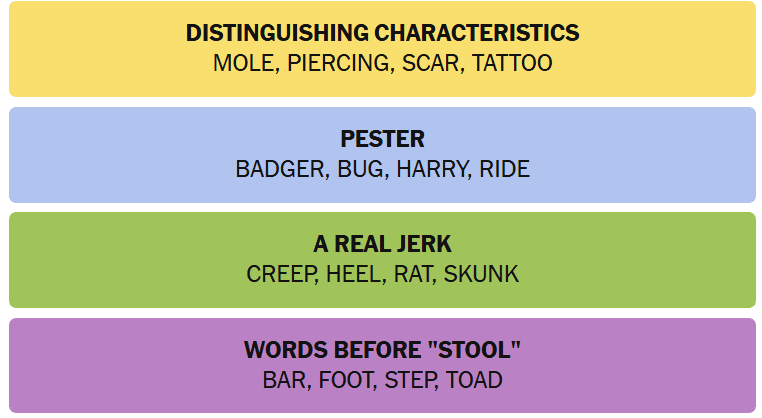Stuck on NYT Connections #807? Here are the groups and solutions for August 26, 2025. See the answers and how each set of words connects!
NYT Connections is a popular word puzzle where the goal is to group 16 seemingly unrelated words into four sets of four that share a common connection.
Each group reveals a hidden theme, which can be anything from shared meanings to common word pairings. Players need to use logic, vocabulary skills, and clues from the words themselves to uncover the four groups.
The 16 words are color-coded by difficulty once correctly grouped:
- Yellow = Easiest group
- Blue = Medium difficulty
- Green = Harder group
- Purple = Most challenging group
You have up to four mistakes allowed, so careful guessing is key!
Breaking Down Today’s Puzzle (#807)
On August 26, 2025, the NYT Connections puzzle challenged solvers with these four groups:

Yellow Group – Distinguishing Characteristics
Words: MOLE, PIERCING, SCAR, TATTOO
This set contains words that describe distinctive physical features people might have. Whether it’s a mole on the skin, a piercing, a scar, or a tattoo, these are marks or alterations that make someone visually recognizable.
Blue Group – Pester
Words: BADGER, BUG, HARRY, RIDE
All words here relate to the idea of annoying or pestering someone. You can “badger” someone by persistently asking, “bug” someone by bothering them, “harry” by carrying out repeated attacks or gossip, or “ride” someone in a teasing, nagging way.
Green Group – A Real Jerk
Words: CREEP, HEEL, RAT, SKUNK
These words are slang insults, often calling someone dishonest or unpleasant—a “jerk.” Calling someone a “rat” or “skunk” means they’re untrustworthy or despicable, while “heel” and “creep” are milder insults describing unsavory behavior.
Purple Group – Words Before “Stool”
Words: BAR, FOOT, STEP, TOAD
Each word here forms a common compound with the word “stool.” For example, “bar stool,” “footstool,” “step stool,” and “toadstool” (a type of mushroom). These are words commonly paired with “stool” showing a wordplay connection.
How to Use These Insights
Understanding the categories can help sharpen your approach to future puzzles:
- Look for literal or physical connections like the Yellow group.
- Consider figurative or behavioral meanings for words that describe actions or people (Blue and Green groups).
- Think about common phrase pairings and compound words for trickier groups (Purple).
Pay attention to common idioms or slang, as these often appear in NYT Connections.
NYT Connections #807 was a great mix of straightforward and subtle word groups balancing literal meanings, slang, and compound words. If you got stuck, don’t worry—it takes practice! Keep playing daily, and you’ll start spotting these connections more quickly.
Also Check: